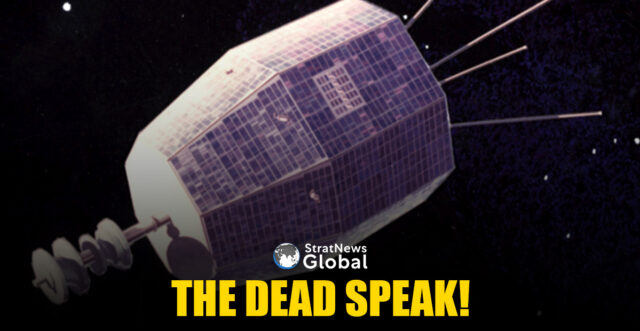In a twist worthy of science fiction, scientists have detected a strange radio pulse from what appears to be a long-dead NASA satellite.
On June 13, 2024, researchers at the Australian Square Kilometre Array Pathfinder (ASKAP) observed a signal lasting less than 30 nanoseconds.
The emission did not come from deep space, but from Earth’s orbit—specifically, from the location of NASA’s Relay 2 satellite, which has been silent since the 1960s.
Relay 2, launched in 1964, followed its predecessor Relay 1, which was famous for transmitting the first live television signal from the U.S. to Europe and Japan.
Relay 2 Reactivates?
Though Relay 2 functioned briefly before being declared inactive in 1965, its transponders remained operational until 1967. Since then, it has been considered completely defunct—until now.
However, scientists aren’t convinced the satellite has come back to life.
Clancy James from Curtin University and his team suggest the signal might have been caused by an electrostatic discharge (ESD)—a sudden release of built-up charge on the satellite’s surface.
Such discharges have been detected before, though not on such brief timescales.
Another theory is that a micrometeoroid strike may have created a cloud of plasma, briefly energising the satellite and generating the burst.
‘Zombie Satellite’
Although Relay 2 hasn’t returned to service, the incident underscores a curious phenomenon: the “zombie satellite.”
These are satellites that, after years or even decades of silence, suddenly spring back to life.
One notable case is Intelsat’s Galaxy 15, which went dark in 2010 only to reboot itself later that year.
The most impressive example is AMSAT-OSCAR 7, a ham radio satellite launched in 1974, presumed dead in 1981, and unexpectedly reactivated in 2002.
The new findings, described in a paper accepted for publication in The Astrophysical Journal and available on ArXiv, open up fresh questions about satellite behaviour, the hazards of space debris, and how old technology might unexpectedly interact with modern instruments.







